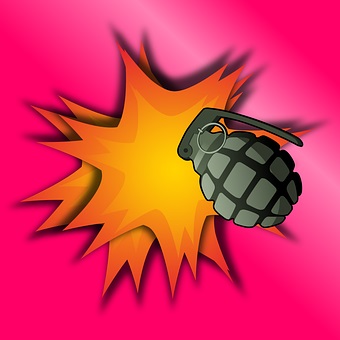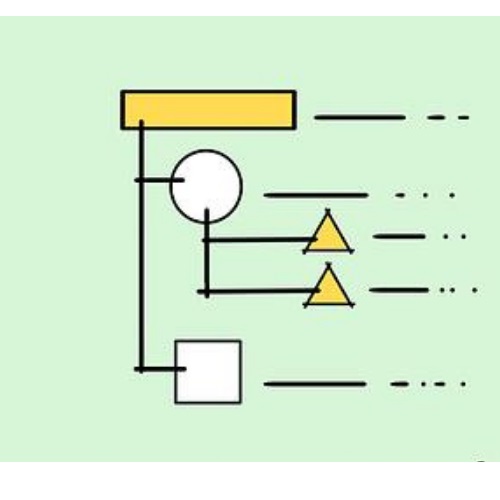Passion and facts alone won’t win your written argument no matter how knowledgeable you are. You have to outmaneuver your opposition. Here are two writing weapons for your debating arsenal.
Writing Weapon #1: Anticipation/Refutation
Imagine yourself the lawyer in a jury trial. You will present your closing arguments; then the other side will speak. Your opponent has been raising the same tired arguments for six months to support his case. You can poke holes in all of them. If you ignore them in your closing arguments and he presents them in his, you can’t jump up at that time and say, “Yes, your honor, but….” You had your chance.
So, in your closing arguments, you anticipate that he will present his tired arguments and refute them: “When my opponent says this, remember that.”
Or, imagine writing an editorial for your local newspaper’s Op-Ed page,. As a non-staffer, you get one shot to present your arguments. Then you have to allow other members of the community to respond. You won’t get a second chance to present your case or rebut the other side. You have to do it right the first time.
Writing Weapon #2: Concession
You believe passionately in your cause. But your opponent believes just as passionately in hers. The reason you have become so passionate is because you’re faced with passionate opposition. On some level, whether you agree with her or not, she probably has some sound basis for her argument. Concede the point. It’s not always easy. We want to stand firm against all opposition.
But remember the fable of the mighty oak tree and the small reed. Recall that the oak stood firm against the wind until it was uprooted. The reed swayed with the wind and stood upright again when it passed.
So concede that your opponent has a point. Then render it ineffective: “She claims her data support the need to increase our defense budget, and she’s correct. But the arms manufacturer that financed her study compiled her data.”
Writing Weapons in Your Outline
In the traditional five-paragraph essay, the first paragraph introduces your thesis and the three main arguments supporting it. The next three paragraphs support the three main arguments in the order they are presented in the introduction. Paragraph five restates the thesis and summarizes the other three paragraphs, or repeats a key phrase from the introduction.
When you use these two writing weapons, anticipation/refutation and concession, give them paragraphs five and six and bump the conclusion back to paragraph seven.
* * *
This piece was adapted from Ken Wachsberger’s You’ve Got the Time: How to Write and Publish That Book in You. Ken’s other books may be found here and here. For book coaching and editing help, email Ken at [email protected].






